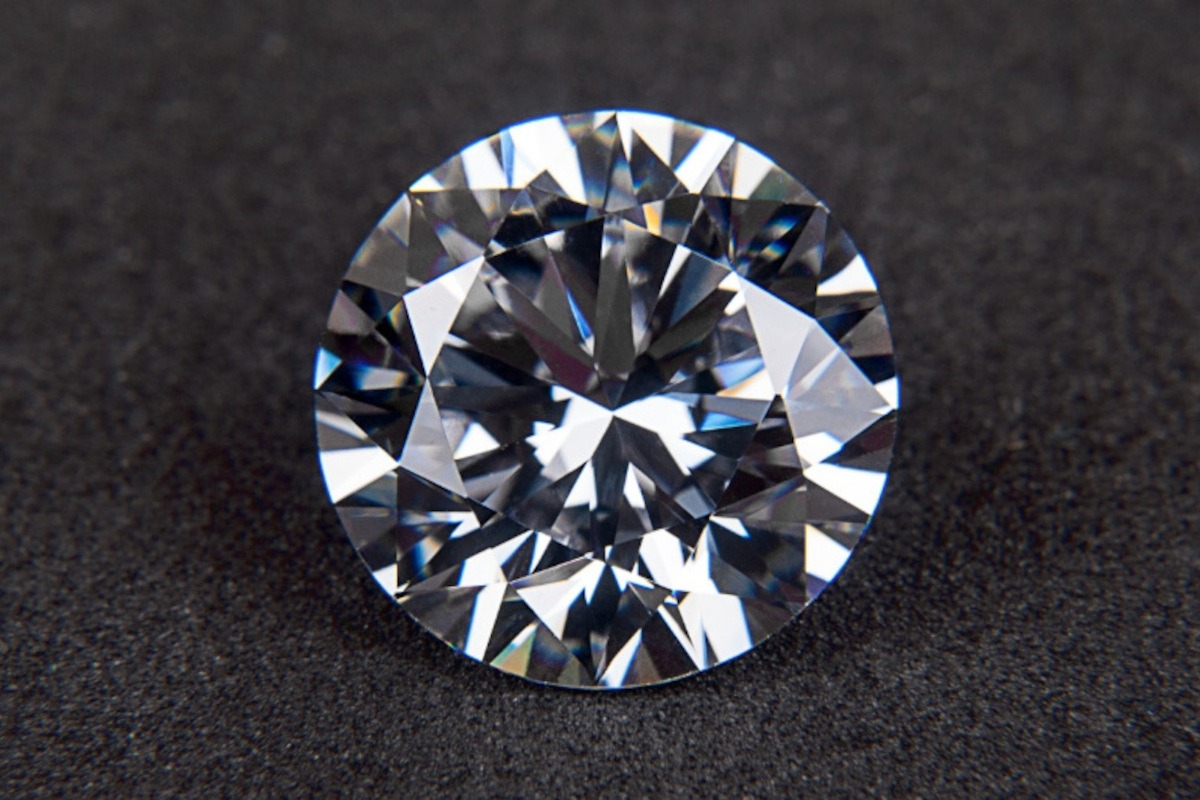
Introduction: The Art of the Cut
When it comes to gemstones, most people focus on colour or clarity. But the cut — the way a gemstone is shaped and faceted — is what truly brings it to life. It defines how light travels through the stone, how it sparkles, and how it feels when worn.
In this guide, we explore the different types of gemstone cuts, with special focus on the rare and sculptural Munsteiner and mirror-cut styles celebrated in Rudolf Heltzel creations.
1. Why Gemstone Cuts Matter
The cut of a gemstone determines:
- Brilliance and fire (how light reflects and sparkles)
- Shape and symmetry
- How it’s set into a piece of jewellery
- Emotional and artistic impact
At Rudolf Heltzel, cuts are chosen not just for brilliance, but for storytelling; each one is a sculpture in miniature waiting to be displayed in precious metal.
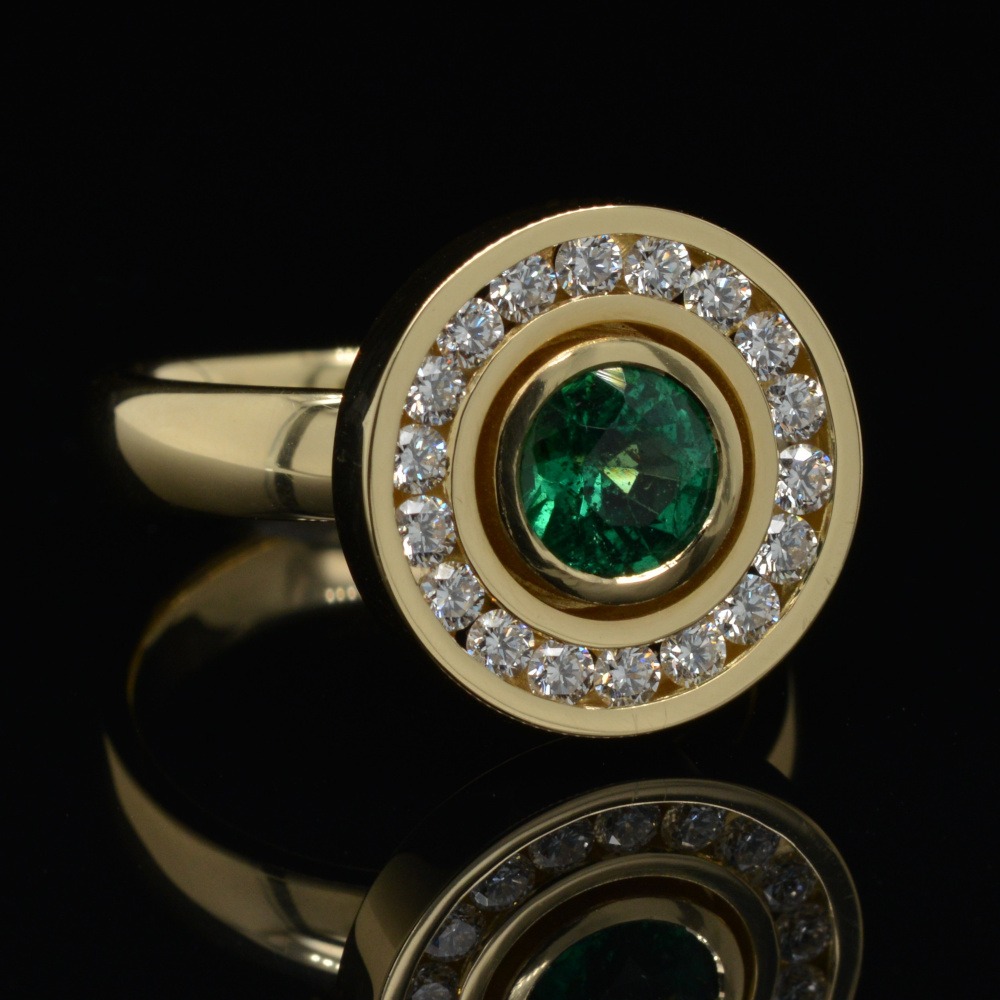
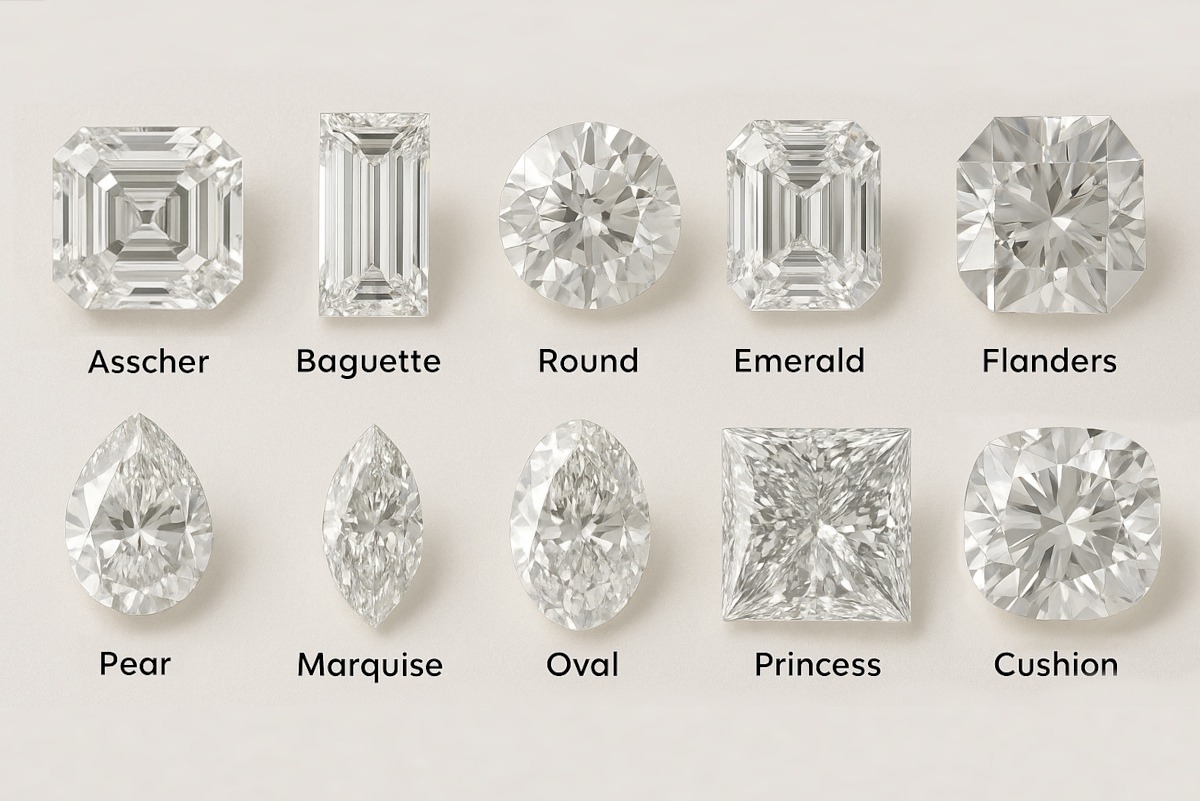
2. Classic Cuts You Should Know
Let’s start with the essentials. These are the most common cuts used in fine jewellery:
- Brilliant Cut: Round, with 57–58 facets to maximize sparkle
- Princess Cut: Square-shaped, sharp corners, modern brilliance
- Emerald Cut: Rectangular with step facets — elegant, understated
- Oval Cut: Elongated brilliance with soft curves
- Marquise Cut: Elongated with pointed ends — dramatic and regal
- Cushion Cut: Rounded square or rectangle, vintage softness
💡 Each classic cut offers a different personality — bold, soft, modern, or romantic.
3. Mirror-Cut Gemstones: Reflection Meets Geometry
The mirror cut is a signature style seen in many Rudolf Heltzel pieces. Named for its flat, highly polished surfaces, this cut produces striking reflections — almost like tiny architectural panels of light.
Mirror-cut stones are often custom-shaped to fit our sculptural designs, bringing a sense of structure, elegance, and dimension.
✨ It’s less about sparkle and more about sophistication. Think reflection, depth, and artistry.
4. The Munsteiner Cut: Sculpture in Stone
Named after master stonecutter Bernd Munsteiner, this cut redefines what a gemstone can be. Rather than focusing on symmetry or sparkle alone, Munsteiner’s designs are avant-garde, geometric, and expressive.
Key features:
- Free-form angles and asymmetry
- Abstract internal faceting
- Emphasis on the stone’s natural characteristics
- Light-play that feels like modern art
At Rudolf Heltzel, these rare cuts are chosen when a piece calls for something bold and breathtaking — something that pushes boundaries.
🎨 A Munsteiner-cut gem isn’t just set into a piece — it becomes the centrepiece, the inspiration, the muse.
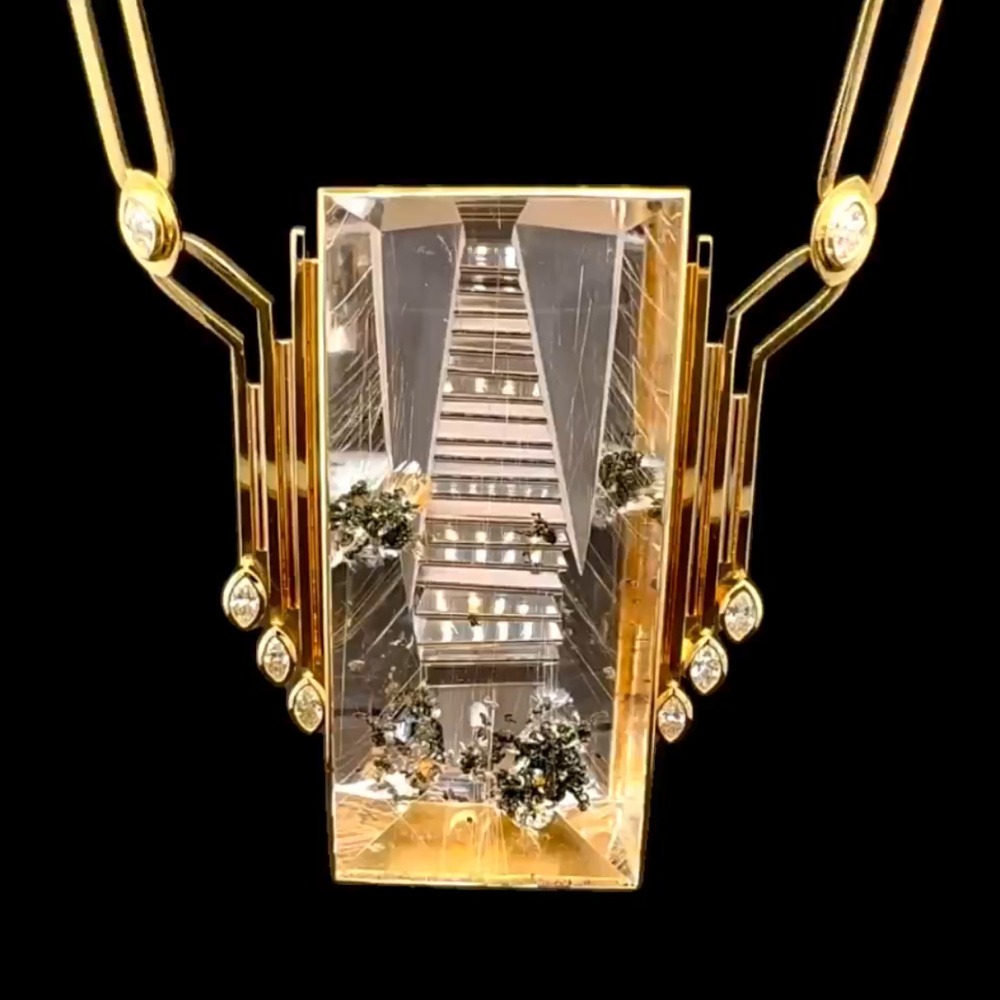
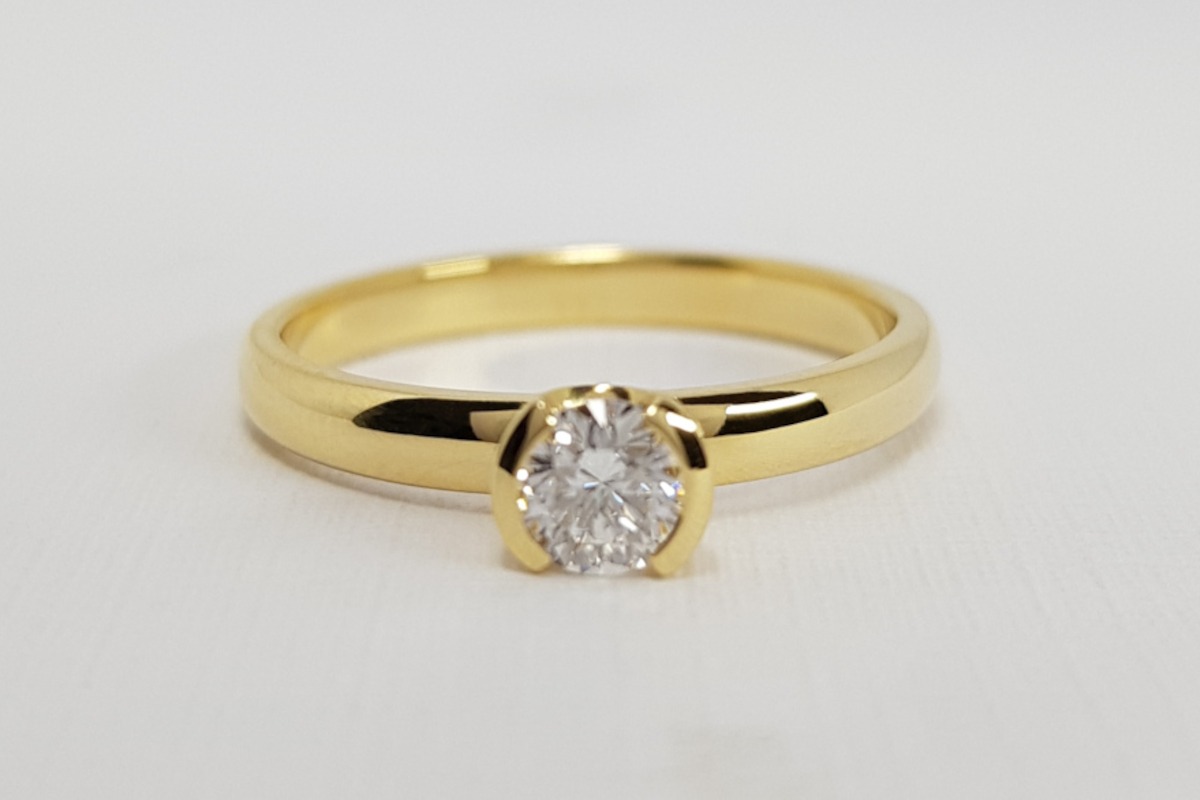
5. Choosing the Right Cut for Your Jewellery
- Your personal style — classic, modern, or sculptural?
- How will the stone be worn — daily or for occasions?
- The design of the setting — clean-lined, fluid, or architectural?
- What kind of emotion or message you want to convey
Our design team helps clients choose cuts that align with their vision and elevate the overall composition of the jewellery.
6. Setting the Cut Free
One of the joys of working with rare cuts like Munsteiner and mirror-cut stones is the freedom they offer in design. Unlike mass-market stones, these can’t be confined to cookie-cutter settings. Each requires a custom-built frame that respects its uniqueness.
This is where the Rudolf Heltzel signature lies — in creating settings that honour the stone’s shape, intention, and energy, while elevating it into a wearable sculpture.
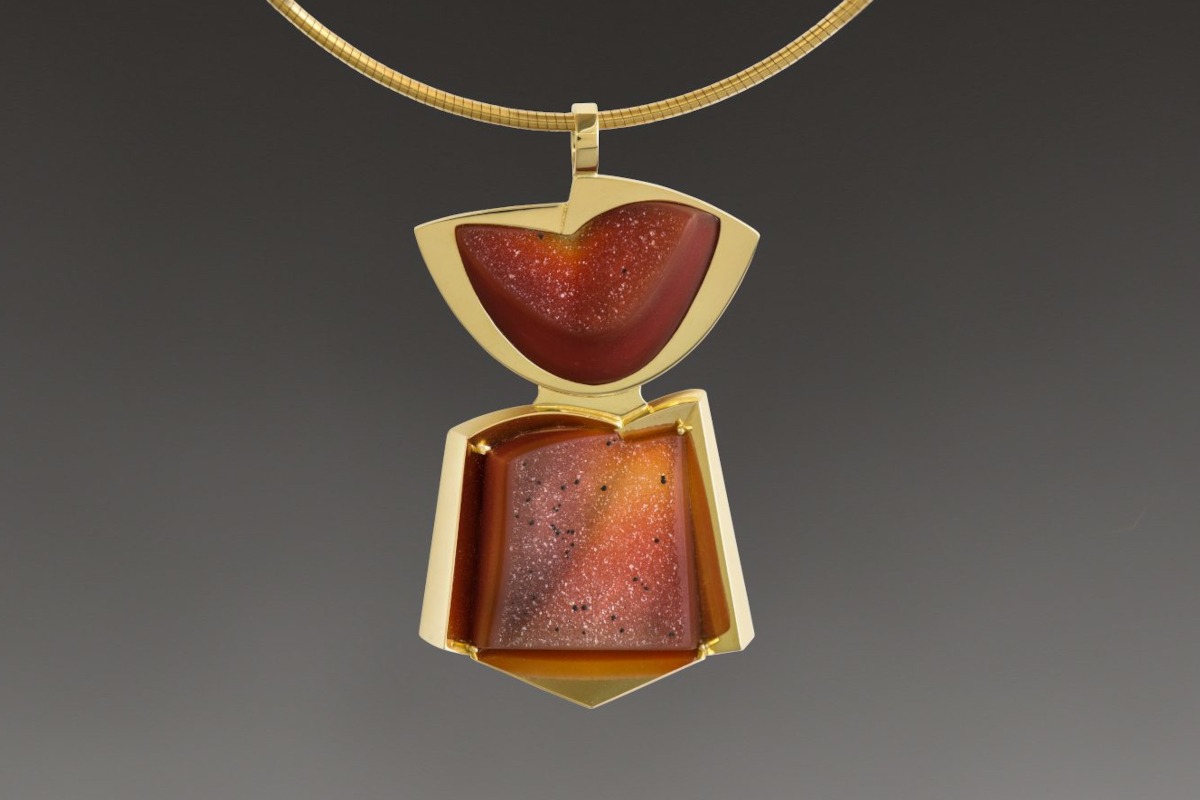
Final Thoughts: The Cut Is the Character
A gemstone’s cut is more than a technical detail; it’s a creative statement. It can tell a story of elegance, boldness, romance, or innovation. Every cut is a conversation — between the stone, the goldsmith, and the person who wears it.
Whether you’re drawn to timeless brilliance or sculptural sophistication, choose a cut that resonates with you.
Book a Consultation
Ready to begin your journey? Visit us in Kilkenny or book an appointment
to explore our handmade engagement rings and bespoke design service.






